

Ultraviolet (UV) laser optics are vital for many applications including semiconductor processing, fluorescence microscopy, and laser micromachining. Many laser optics applications are moving towards shorter UV wavelengths in order to create very small and precise features with minimal peripheral heating. The surge in UV optics applications has led to a corresponding demand for optical components designed to work at those wavelengths. Edmund Optics® (EO) is a premier supplier of UV optics including mirrors, lenses, filters, and beam expanders.
UV laser optics components are ideal for many applications because of their ability to create small and precise features with minimal damage to surrounding areas.
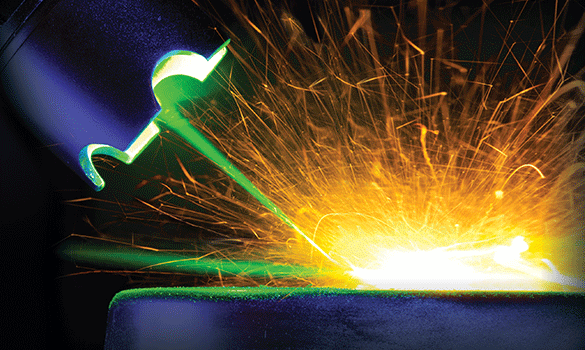
Scribing, cutting, and drilling in ceramics, glass, plastics, and metals

Neurosurgery, ablation reactions, and other medical processes requiring precise cuts
Silicon scribing, wafer inspection and marking, and micromachining

Excite fluorescence to study properties of both organic and inorganic substances
|
|
Quality
|
|
|
Capabilities and Service
|
|
|
Resources and Support
|
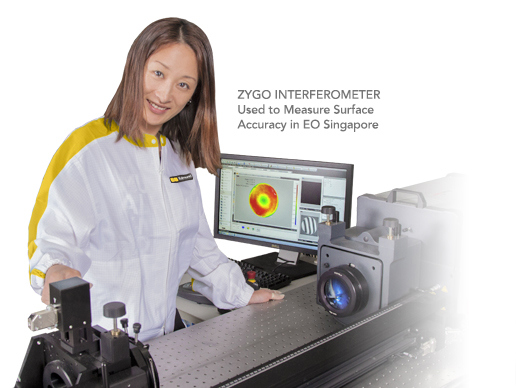
Given the expense of the metrology required for precision UV testing, it is often difficult to verify that the optics ordered meet their advertised specifications. Edmund Optics® (EO) tested 41 off-the-shelf samples of 355nm laser line mirrors from 4 competitors against our TECHSPEC® 355nm laser line mirrors for reflectivity, surface accuracy, and parallelism.. The testing was a double-blind study, reducing bias by ensuring that the experimenters did not know whose mirror they were testing. The following plots show whether the mirrors passed or failed their advertised specifications. The results of the study showed that EO TECHSPEC® 355nm laser line mirrors were the only mirrors that met every advertised specification.
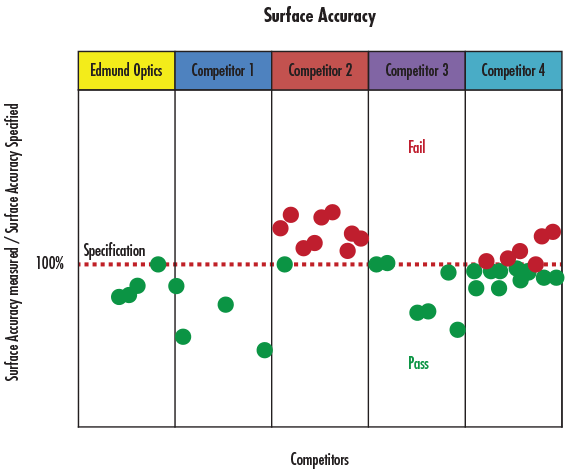
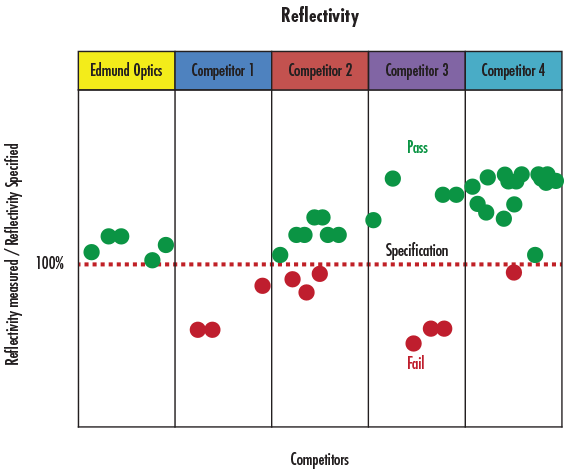
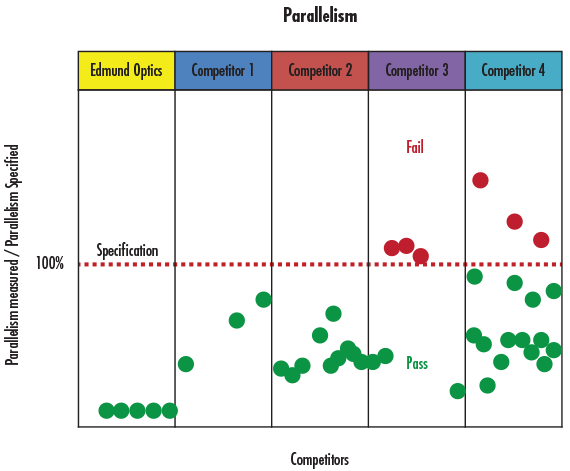
or view regional numbers
QUOTE TOOL
enter stock numbers to begin
Copyright 2023 | Edmund Optics, Ltd Unit 1, Opus Avenue, Nether Poppleton, York, YO26 6BL, UK
California Consumer Privacy Act (CCPA): Do Not Sell or Share My Personal Information
California Transparency in Supply Chains Act